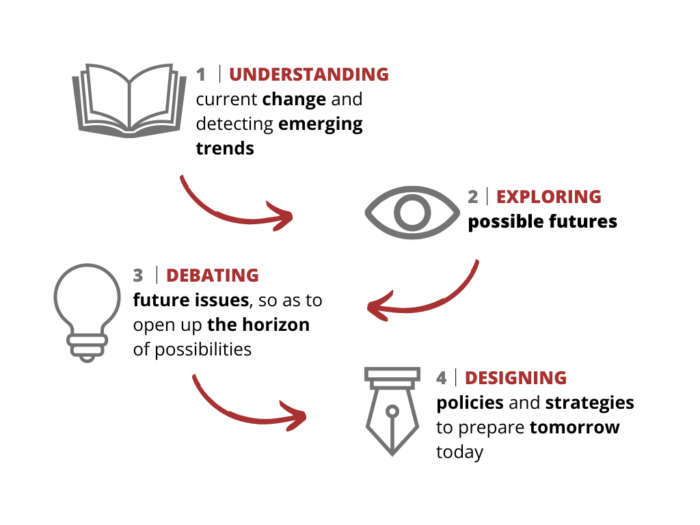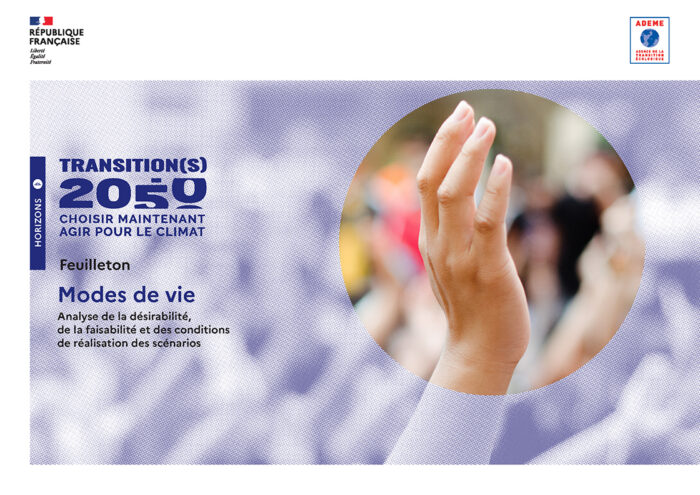Tourism for Senior Citizens in 2010
More and more elderly people are ending their working lives earlier and earlier, living longer and longer, what is more in good health, and enjoying free time and comfortable incomes : these are the “senior citizens” (50 years old and over), suddenly established as a privileged target of the marketing sector which, based on the growth in their numbers alone, highly prizes the prodigious market which this age category will represent in the future.
However, let us be careful about too rapid simplification, Marie-Christine Kovacshazy warns us, for senior citizens do not make up one homogeneous category, if only because among them three generations can be found whose values and behaviour differ and who, for example, in terms of tourist requirements, express different needs.
As to the future, before extrapolating from demographic projections alone, we should still take into account discontinuity factors, coming on the one hand from the evolution of the socio-economic environment, and on the other hand in the change in aspirations and attitudes resulting from a renewal of the generations.
C. Kovacshazy offers us a few powerful thoughts here on these discontinuity factors which can act as a curbing or driving force vis-à-vis the tourism market for senior citizens and which she considers much more risky – for example, because of the uncertainty which hangs over the future of their income – which advocates of “senior marketing” prefer not to think about.
By showing here, in this specialist area of tourism, the extent of the uncertainties which remain regarding the future of the way of life of senior citizens (and the heterogeneity of this population), she offers a first glimpse into ageing and its economic and social consequences which will soon form the subject of a special issue of Futuribles.
Le tourisme des seniors en 2010
Cet article fait partie de la revue Futuribles n° 233, juil.-août 1998


